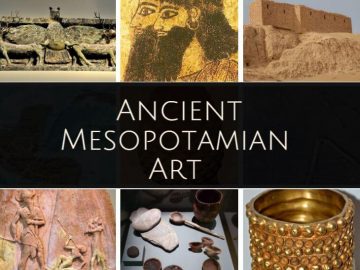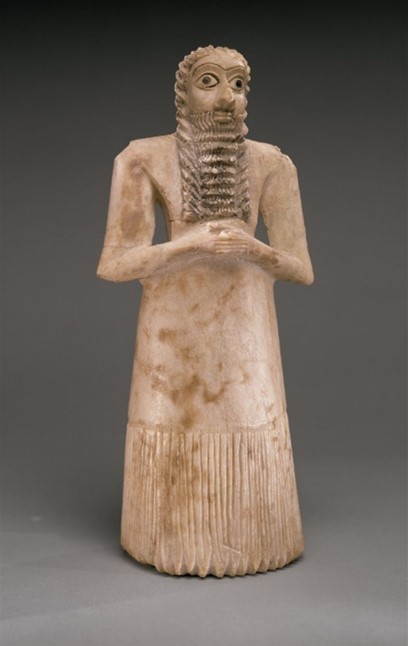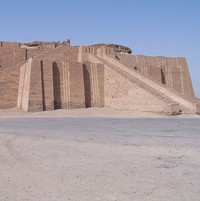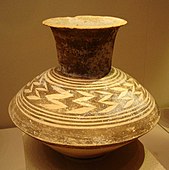The art of the Mesopotamian civilization, which flourished in the ancient Near East between the Tigris and Euphrates rivers from the 4th to the 1st millennium BCE, was characterized by its diversity and innovation. The Mesopotamians were skilled in a wide range of media, including sculpture, painting, and architecture, and their art was influenced by the cultural and political developments of their time.
One of the most distinctive features of Mesopotamian art was its focus on narrative. Many Mesopotamian works of art, particularly those in relief or in the round, depicted historical or mythological events and figures. These works often served as a record of the achievements of the ruling elite, and were used to convey messages about the power and authority of the ruling class.
Sculpture was a prominent art form in Mesopotamia, and a wide range of materials were used, including stone, metal, and clay. One of the most famous examples of Mesopotamian sculpture is the Lamassu, a massive stone statue with the body of a bull and the head of a human or a lion. The Lamassu was used as a protective deity and was often placed at the entrance to palaces and temples. Another notable example of Mesopotamian sculpture is the Stele of Hammurabi, a large stone monument that depicts the king of Babylon, Hammurabi, receiving the laws of the land from the sun god Shamash.
Painting was also an important art form in Mesopotamia, and many of the surviving examples depict scenes from daily life, such as hunting and farming, as well as religious and mythological themes. The Mesopotamians also developed a system of writing, known as cuneiform, which was used to record legal documents, literature, and other important texts.
Mesopotamian architecture was characterized by its use of brick, which was abundant in the region. The Mesopotamians used brick to construct a wide range of buildings, including temples, palaces, and city walls. The most famous example of Mesopotamian architecture is the ancient city of Babylon, which was known for its impressive walls and impressive palaces, such as the Hanging Gardens, one of the Seven Wonders of the Ancient World.
In summary, the art of the Mesopotamian civilization was diverse and innovative, and reflected the cultural and political developments of the time. From sculpture and painting to architecture, the Mesopotamians were skilled in a wide range of media and used their art to convey important messages about their society and its values.





.jpg/223px-Gebel_el-Arak_Knife_ivory_handle_(front_top_part_detail).jpg)


